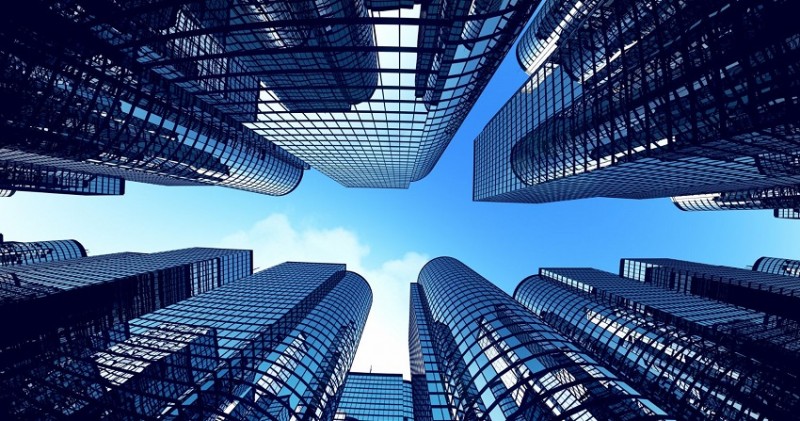
Skyscraper Day is celebrated annually on September 3rd to honor the architectural wonders that reach for the skies and to mark the birth anniversary of Louis H. Sullivan, often called the "Father of Skyscrapers." This day is dedicated to celebrating the incredible feats of engineering and design that have transformed urban landscapes worldwide. From the towering Burj Khalifa to the iconic Empire State Building, skyscrapers are more than just tall buildings—they are symbols of human ingenuity and ambition.
Here are some fascinating facts about skyscrapers around the globe:
1. Burj Khalifa: The Pinnacle of Height
The Burj Khalifa in Dubai stands as the tallest building in the world, reaching a staggering height of 828 meters (2,717 feet). Completed in 2010, it boasts 163 floors above ground and includes the highest observation deck, located on the 148th floor. Its construction involved more than 22 million man-hours and 330,000 cubic meters of concrete.
2. Shanghai Tower: The Spiral Marvel
The Shanghai Tower, completed in 2015, is the tallest building in China and the second tallest in the world. It features a unique twisted design that reduces wind load by 24%. This twisting structure also helps in energy efficiency, making it one of the most environmentally conscious skyscrapers.
3. Taipei 101: Engineering Resilience
Taipei 101, located in Taipei, Taiwan, was the tallest building in the world from 2004 to 2010. It is famous for its massive tuned mass damper, a 660-ton weight that helps the building withstand typhoons and earthquakes. This innovative feature ensures the stability of the tower against natural forces.
4. Empire State Building: A Historic Icon
Completed in 1931, the Empire State Building in New York City held the title of the world’s tallest building for 40 years. It was the first building to reach a height of over 1,000 feet and remains an iconic symbol of American progress and architectural achievement.
5. Petronas Towers: Twin Giants
The Petronas Towers in Kuala Lumpur, Malaysia, were the tallest buildings in the world from 1998 to 2004. These twin towers are connected by a skybridge located on the 41st and 42nd floors, which provides an awe-inspiring view of the city and the surrounding landscape.
6. Willis Tower: A Tribute to Engineering
Formerly known as the Sears Tower, the Willis Tower in Chicago was the tallest building in the world from 1973 to 1998. Its innovative design includes a bundled-tube structure that allows it to rise to great heights while maintaining stability.
7. Marina Bay Sands: A Resort in the Sky
Marina Bay Sands in Singapore is not just a skyscraper but a complex that includes a casino, hotel, and an observation deck that features an infinity pool overlooking the city. Its three interconnected towers and rooftop deck are a testament to modern architectural design and luxury.
As we celebrate Skyscraper Day 2024, it’s clear that these towering structures are not merely feats of engineering but also symbols of human ambition and progress. Each skyscraper tells a story of technological innovation and artistic vision, from the Burj Khalifa’s record-breaking height to Taipei 101’s resilience in the face of natural disasters. These superstructures continue to inspire awe and demonstrate the incredible potential of human ingenuity, reshaping skylines and cities around the world.
Whether you're gazing up at the Empire State Building or marveling at the Shanghai Tower's twist, skyscrapers remind us of what we can achieve when we reach for the sky.